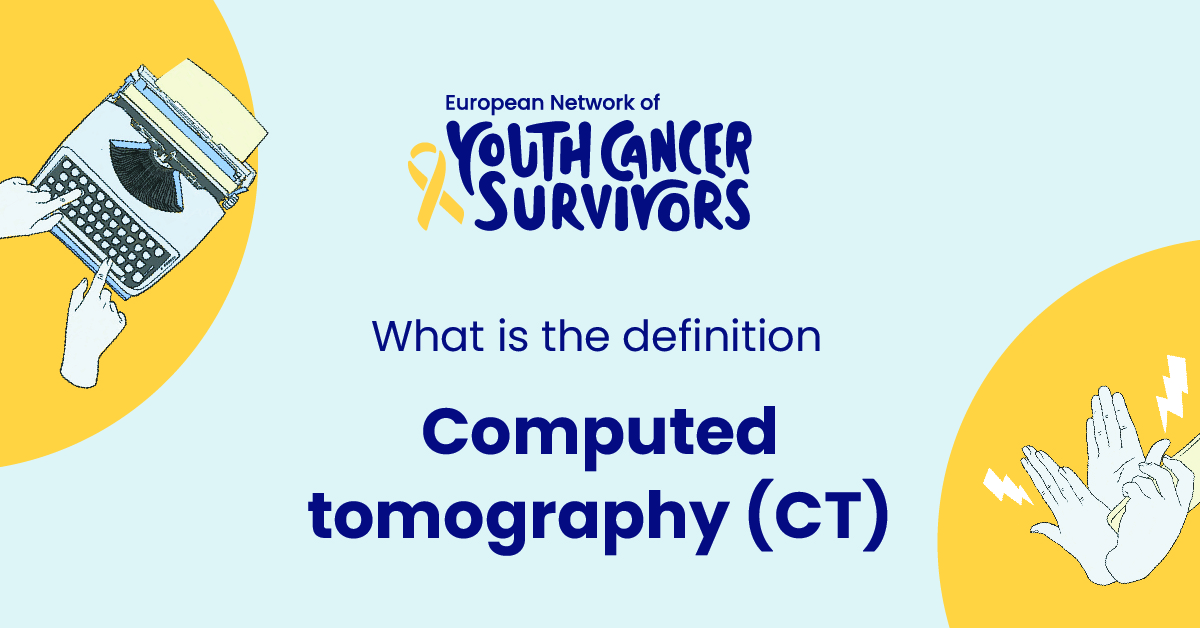
Introduction and Explanation of Medical Imaging
Medical imaging, a scientific field that allows the visualization of body structures and functions to boost diagnosis and therapeutic procedures, has made tremendous strides since its inception. Emerging from its humble origins grounded on medical photography and basic radiography, it is today a highly specialized field incorporating a diverse array of imaging modalities, owing much to dramatic advancements in digital and information technology.
Medical imaging, without a doubt, has transformed the diagnostic landscape, standing at the core of modern medical therapeutics. The ability to visualize the complex structures and functioning of the body in high resolution, and in real-time, empowers healthcare professionals to detect, diagnose, and treat diseases more effectively, ensuring better patient care.
Understanding Computed Tomography (CT): Definition and Basics
Computed Tomography (CT) is a sophisticated medical imaging technique that employs computers and X-rays to generate detailed images of the body. Unlike conventional X-ray images that yield flat images, a CT scan furnishes cross-sectional images of the body parts, allowing a more precise and comprehensive view.
The science behind CT scans is ingenious, centered around a rotating X-ray machine that circles the patient’s body, creating several different angled images. These images are processed by a powerful computer to create a 3-D representation, thus capturing even the tiniest details.
Contrary to conventional X-rays depicting a composite of structures in an image, CT isolates images of individual body layers – a distinct advantage garnering sharp, clear diagnostic images. The use of CT over traditional X-rays drastically improves diagnostic accuracy.
Get to know us better
If you are reading this, you are in the right place – we do not care who you are and what you do, press the button and follow discussions live
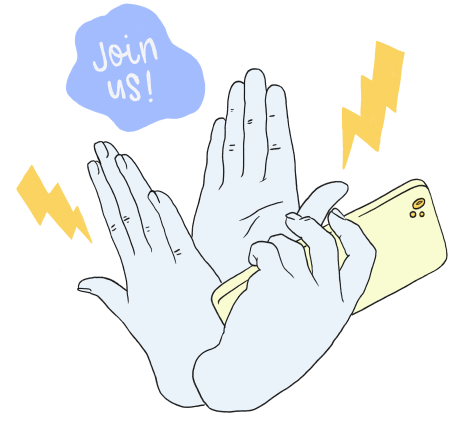
An In-depth Look Into the Working Procedure of a CT Scan
A CT scan is a relatively straightforward yet advanced diagnostic procedure. It commences with the patient lying on a motorized examination table that slides into a circular opening of the CT imaging system.
As the examination table moves, the X-ray machine rotates around the patient’s body, taking images from different angles. These images are simultaneously processed by an onboard computer creating highly detailed cross-section images of the body part being scanned. This process is repeated until the desired section of the body is fully covered.
Benefits and Risks of Computed Tomography
CT scanning, with its ability to offer detailed, clear views of different body parts, has significant benefits. It provides accurate data, aids in guiding interventions such as biopsy and surgeries, improves cancer diagnosis and treatment, and helps in monitoring therapy. Additionally, the non-invasive nature of CT scans makes them patient-friendly.
Despite its benefits, CT scans are not without risks. Concerns revolve around exposure to radiation, potential allergic reaction to contrast materials, and possible injuries due to remaining metal objects in the body. However, the clinical benefits of a CT scan often outweigh these risks.
Uses and Applications of CT Scanners in Healthcare
From diagnosing cancers, infectious diseases, and cardiovascular conditions to guiding surgical procedures, the uses of CT scanners in healthcare are far-reaching. With the advent of novel applications pushing the boundaries of diagnostic precision, CT’s role is set to be more prominent.
Evolving trends include 4D CT scans providing unrivaled motion views, dual-energy CTs delivering more detail, and AI-powered CT systems revolutionizing predictive analyses. These advancements are set to revolutionize the diagnostic landscape, ensuring better patient care.
Key Misconceptions About Computed Tomography
Several misconceptions surround CT scanning, mostly stemming from fear and misinformation. Common ones include the belief that CT scans are prohibitively expensive, that they expose patients to harmful radiation, or that they are painful procedures.
In reality, CT scans are affordable, especially given their diagnostic value. Furthermore, while CT scans do expose patients to radiation, the amount is marginal and controlled, posing minimal risk. Finally, CT scans are completely painless, non-invasive diagnostic methods.
Conclusion: The Role of CT Scans in Modern Healthcare
CT scans indeed play a significant role in modern healthcare, striking the right balance between optimum patient care and clinical efficiency. By champions cutting-edge technology, CT scanners allow healthcare professionals to diagnose and treat medical conditions more effectively, positively impacting patient outcomes.
FAQs:
1. What is Computed Tomography (CT), and how does it contribute to medical diagnosis and treatment?
Computed Tomography (CT) is a medical imaging method that uses X-rays and advanced computers to generate detailed, cross-sectional images of the body, aiding in better diagnosis and treatment.
2. What sets CT scans apart from other imaging techniques like X-rays and MRIs, and how does this benefit diagnosis?
Unlike other imaging techniques like X-rays or MRIs, CT scans provide high-resolution cross-sectional (3D) images, delivering even minute details which enhance diagnostic accuracy.
3. What is the general procedure during a CT scan, and what can patients expect during the process?
During a CT scan, one should expect to lie on a motorized examination table that moves into the CT scanner’s circular opening. The procedure is quick, non-invasive, and generally painless.
4. Are there any risks associated with CT scans, and if so, how do they compare to the diagnostic benefits?
Some risks associated with a CT scan include exposure to minimal radiation and potential allergic reactions to contrast materials. However, these risks are significantly outweighed by the diagnostic benefits of a CT scan.
5. In what medical conditions have CT scans proven to be reliable, and why are they considered a crucial part of modern healthcare?
CT scans have proven exceptionally reliable in diagnosing a host of medical conditions, from various types of cancer to heart diseases and brain disorders, making them a crucial part of modern healthcare.






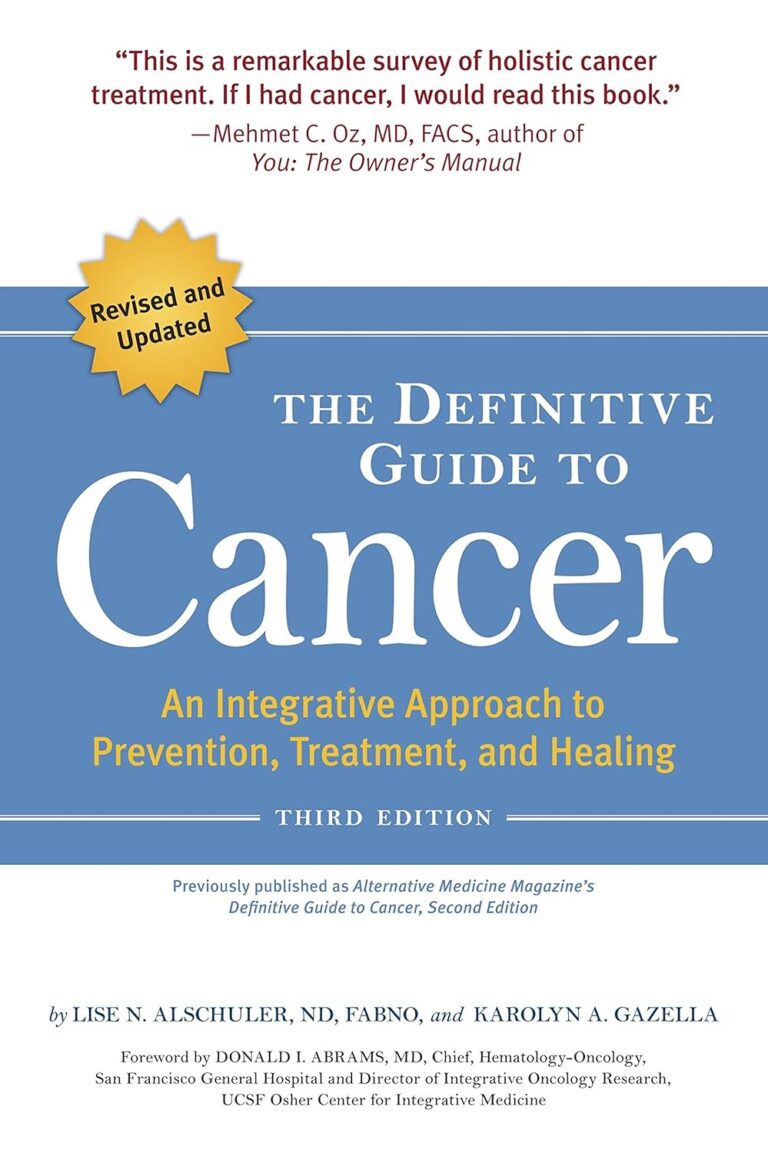

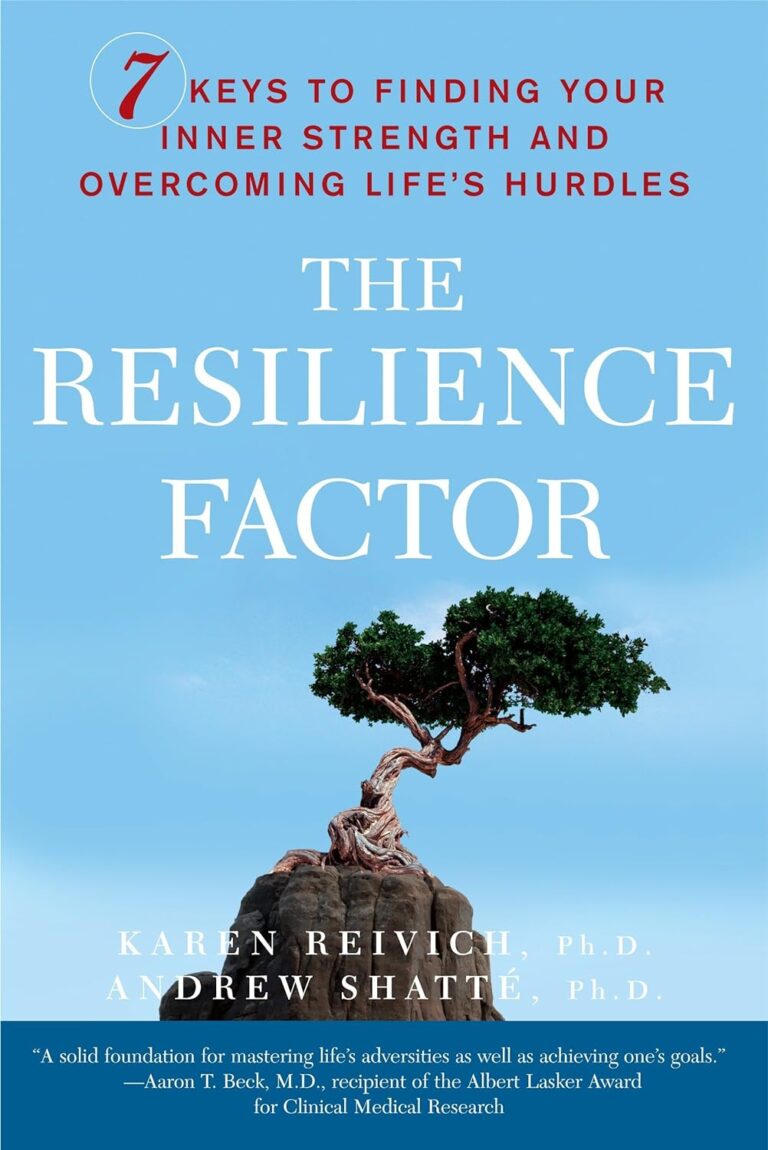
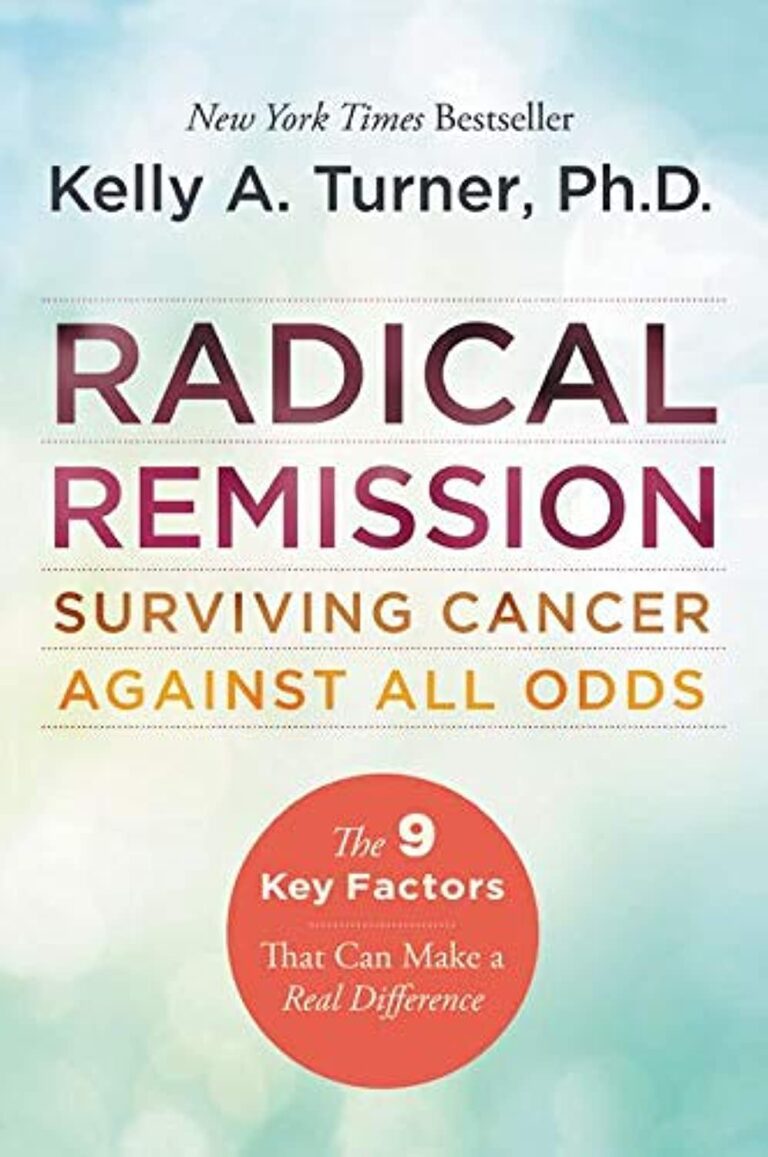


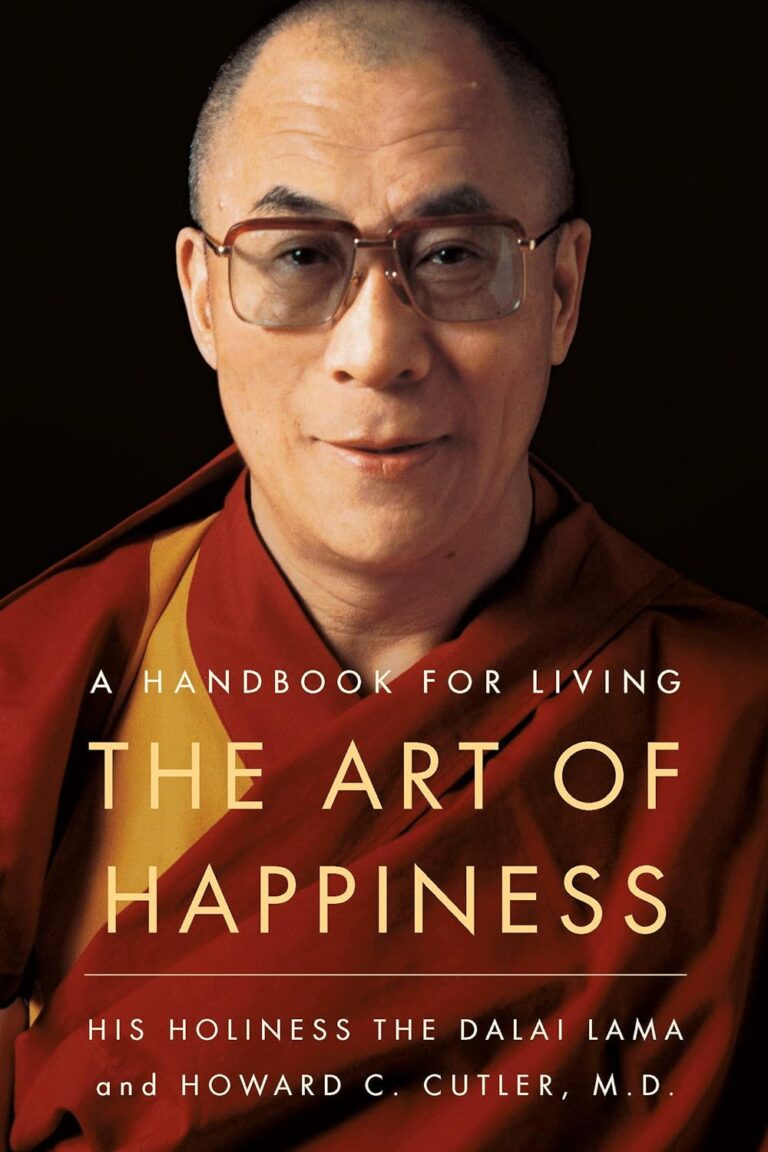




Comments
Thank you. Comment sent for approval.
Something is wrong, try again later